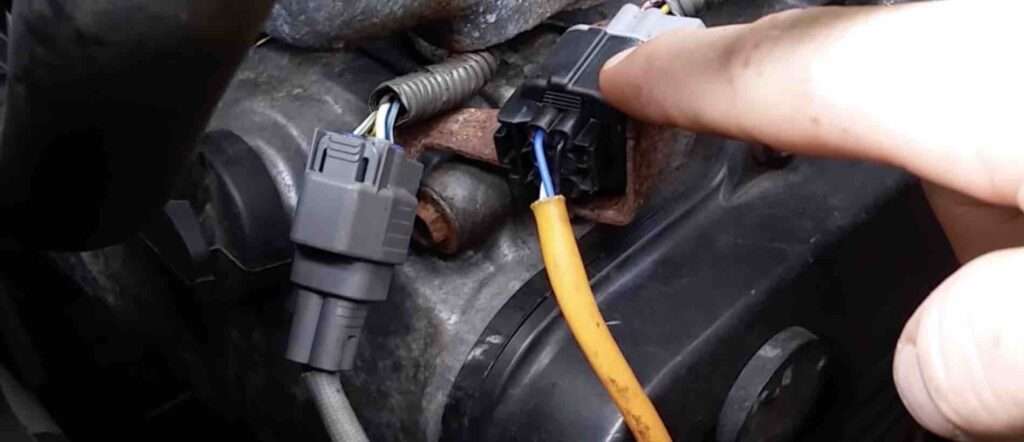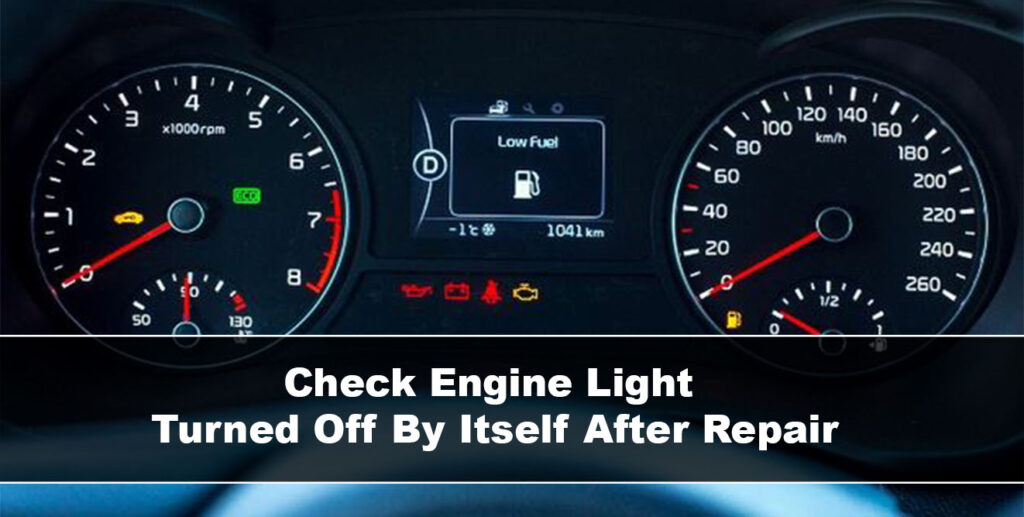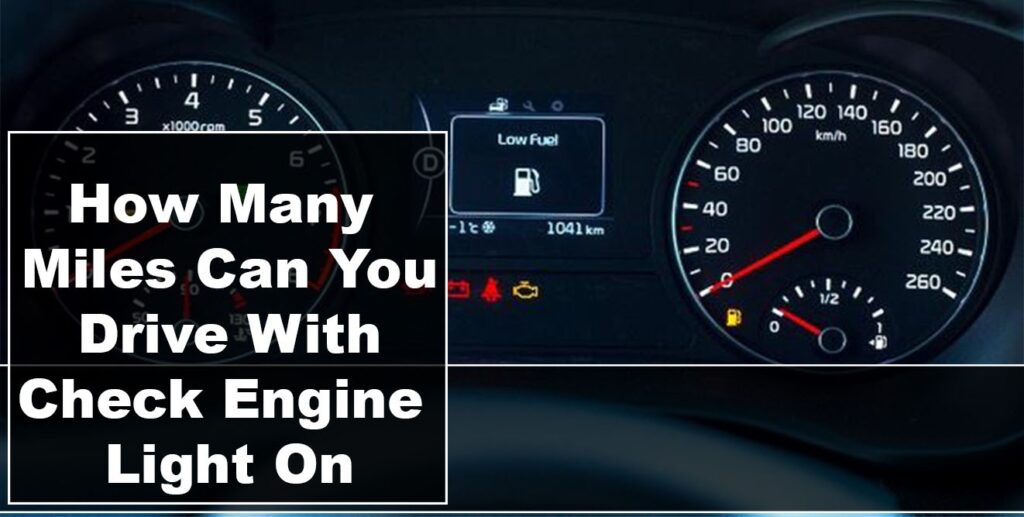Last updated on July 1st, 2023 at 06:33 am
You are just in the right post if you are looking for at home temporary fix for bad o2 sensors. Oxygen sensors are devices that monitor and regulate the oxygen-to-fuel ratio in your car or truck. The sensor, which is part of your car’s pollution control system, sends data to the power control module, which is the computer brain of your vehicle. These sensors are often located near the exhaust pipe on either side of your catalytic converter. In this post, we are going to look at the aspect of the oxygen sensor, such as: how to clean oxygen sensor without removing it, what is the fastest way to clean an o2 sensor, how long can you drive with a broken oxygen sensor, and can you clean O2 sensors with brake cleaner?
Also, we are going respond to the following questions: can you clean O2 sensor with WD40 and is it harmful to drive a car with a bad oxygen sensor?
According to Nielsen, modern cars include two to four oxygen sensors. One sensor is located in each exhaust manifold, and one is located after the catalytic converter on a V6 engine, such as the one in our Lexus. The sensors are simple to install, but getting to them can be difficult for do-it-yourselfers.
Furthermore, the exhaust heats the sensor to “seize” and be difficult to remove. The anti-seize compound is included with new sensors to apply to the threads, but it should never be used on the sensor itself. If your car’s “Check Engine” light is on, it’s most likely because the oxygen sensor has failed. The oxygen sensor, to be precise.
According to CarMD.com, which sells an automotive diagnostic tool and gives repair information, it’s a small gadget that most drivers are unfamiliar with. Yet, it’s the most common trigger or prevalent cause of a Check Engine light. So with these of basic knowledge of oxygen sensors and it’s functionality, Let’s now look at steps to temporarily fix for bad o2 sensor that you can perform at home. But before that, Can you drive with a bad oxygen sensor? And how long can you drive with a broken oxygen sensor? Let’s address this first.
Can you drive with a bad oxygen sensor?
If you are able to start your car engine without difficulty, then you may drive the vehicle with bad oxygen sensors for a few days but not for too long. It is important to not leave the bad oxygen sensor alone for more than a few days or one week as it can cause serious safety issues and malfunctions to other parts of your vehicle.
So how long can you drive with a broken oxygen sensor?
If you notice your oxygen sensor is bad, you should not drive the car for more than one week before replacing the bad sensor or at least try applying the below temporary fix at home. And the reason for this is that bad oxygen sensors can lead to sluggish driving, stalls, poor fuel efficiency, and high pollution levels. If it is left unattended for a while, it can cause serious damage to the engine and catalytic convert that will cost thousands to repair or replace.
It would help if you had the oxygen sensor checked immediately or visited a mechanic on the weekend. You can check the OBD2 code online with an auto-diagnostic tool. Sometimes, a trouble code that indicates an O2 sensor malfunction can be fixed by replacing the pipe or cleaning the sensor.
A home Temporary Fix for Bad o2 Sensor
- Step one: Find out which sensor is malfunctioning. Bring your car to any auto parts store for a free diagnostic test to determine which sensor is failing and where it is located. Set jack stands under the frame of your vehicle after jacking it up.
- Step two: Remove the oxygen sensor by locating it and pulling it out. This same sensor on your car is usually mounted directly on the exhaust pipe on either side of the catalytic converter on the passenger side. Unbolt the retention bolts with a socket set, and unscrew the sensor from its electronically controlled circuit board.
- Step three: To remove excess dirt and grime, use a wire brush to scrub the tube-shaped metal end of the sensor gently. Spray it and clean it with compressed air.
- Step four: Fill a small jug halfway with gasoline. In the container with the gas, place the metal tube-shaped side of the sensor. Allow it to soak in the gasoline for the night.
- Step five: The next day, remove the sensor and dry it with a cloth. Set the sensor in place on your car before replacing the retaining bolts and tightening them with the socket set. Reconnect the electric wiring harness to the sensor’s back end. This should allow you to get a few more miles out of the sensor before replacing it entirely.
How to clean oxygen sensor without removing
Gather the essential cleaning and safety materials before you begin cleaning your O2 sensor without removing it. I use a carb cleaner that I purchased on Amazon.com to clean the O2 sensor.
This carb cleaning will remove any deposits built up on the O2 sensor. On the other hand, the carb cleaner spray is corrosive and may cause skin irritation.
That is why I always use Amazon.com gloves. Wear the appropriate safety equipment while working on your car for five minutes or five hours.
- Step one: Remove the plastic engine cover. You’ll need to get your hands on the O2 sensor as well as the vacuum hose. You’ll need to remove the engine’s plastic cover to do so. A plastic cover is not standard on all automobiles. It’s OK if your car doesn’t have one. If your car has one, it will most likely be held in place with clips. Remove any clips or screws from the engine plastic cover and store it properly.
- Step two: Find the O2 sensor. On different autos, the placement of the O2 sensor will be varied. The O2 sensor, on the other hand, has the same appearance. Reading the owner’s manual will help you locate your O2 sensor. The only reason we’re looking for the O2 sensor is to evaluate it visually. The wiring on one end of the O2 sensor could be damaged and replaced.
- Step three: Remove the vacuum hose from its position. Inside the engine bay, there are numerous vacuum hoses. The vacuum hose’s job is to keep the engine pressure constant. We’ll find the vacuum hose on the back of the engine that we’ll require. Remove the vacuum hose clip and replace it with the carb cleaning straw. After that, reconnect the vacuum hose and the carb cleaner straw.
- Step four: Turn on your car. You’ll need to start your engine and leave it running until it reaches the proper operating temperature to clean your O2 sensor without removing it. The engine will be hot at this stage, and you must exercise caution when working on a hot engine.
- Step five: Clean the carbs with the carb cleaner. You should spray the carb cleaner into the suction hose while one person cranks the engine at 1000-1500 RPMs. Again, proceed with caution because the engine is scorching at this stage. Spray at least half of the carb cleaner can on your O2 sensor, depending on how dirty it is. Remember to spray in short bursts to avoid flooding the engine.
- Final step: Connect the vacuum hose once again. Remove the carb cleaner straw and clamp the vacuum hose after you’ve finished spraying the carb cleaner into the hose. You don’t want any air to get inside, so ensure a tight vacuum line.
What is the fastest way to clean an o2 sensor?
The fastest way is to submerge the sensors in a gasoline container. Submerge the oxygen sensors in the gasoline-filled bucket or industrial container once removed from your vehicle.
Gasoline will eventually clean the oxygen sensors. Ensure the sensors are completely submerged in the gasoline and that no liquid spills out of the container or onto your hands.
Natural oxygen sensor cleaners are not safe to use in your engine. Although some individuals dismantle them and clean them with a wire brush or an aerosol cleaner, we do not advocate it.
Can you clean O2 sensors with a brake cleaner?
Any raw petrochemical, such as carb cleaning, brake cleaner, grease, or even fuel, can destroy your O2 sensor unless it is labeled “O2 sensor safe.” It’s simple to clean them by heating them and burning the pollutants away.
Your “check engine” light may illuminate due to a clogged oxygen sensor, and your automobile may consume more gasoline as a result.
When you feel that your oxygen sensor is unclean, you can clean it by first disconnecting it from its vehicle’s housing and then soaking it in gasoline overnight.
Can you clean the O2 sensor with WD40?
WD-40 can be applied to the sensors without any complications. Spray a lubricant like WD-40 on the sensors and let them stay for 10–15 minutes to loosen them up. The WD-40 lubricates and loosens the sensors, removing them more easily.
Is it harmful to drive a car with a bad oxygen sensor?
Yes, if you can start your engine and drive with little difficulty, you can drive with a defective oxygen sensor.
However, please do not leave it alone for more than a couple of days, as it could cause safety issues and cause other parts of your vehicle to break down.
Sluggish and rough driving with stalls, low fuel efficiency, and significant pollution could be caused by a malfunctioning oxygen sensor.
However, if you keep it there for a long time, it might cause significant problems with the engine and catalytic converter, costing thousands of dollars to make repairs.
As a result, you should have the oxygen sensor examined as soon as possible, perhaps by visiting a mechanic on the weekend.
If you have your car diagnostic equipment, you may scan the OBD2 code and look up possible causes online, as well as try a few essential solutions. I hope you follow the easy steps on this at-home temporary fix for the bad o2 sensor article, as I have shown you how to clean the oxygen sensor without removing as well.
Related Articles:
- Meaning & Fix for Triangle with Exclamation Point Warning Light.
- Bad o2 Sensor Symptoms (Will Bad o2 Sensor Cause Car to shut off?)
- Temporary Fix For Crankshaft Position Sensor (Scanner vs Manually Relearn Guide)
- How To Reset Camshaft Position Sensor, No Start & Without Scanner crankshaft Reset

Uchenna is a Radiographer and Auto parts mechanic who recently got his automotive diploma as an auto repair technician, and since then, has worked on fixing various car problems.
Working as just a radiographer, Uchenna didn’t just get all the fulfillment he desired, because he truly loved doing things tilted toward cars. As a kid, he would take apart his toy cars to see how they worked and would spend hours tinkering with his bike.
So, in 2017 he made the tough decision to become an auto mechanic. He threw himself into his studies and now loves every aspect of what he does.
He gets to work with his hands, solving problems and bringing cars back to life, and sharing his knowledge and easy quick-fix guide online are all part of what makes him feel fulfilled.





